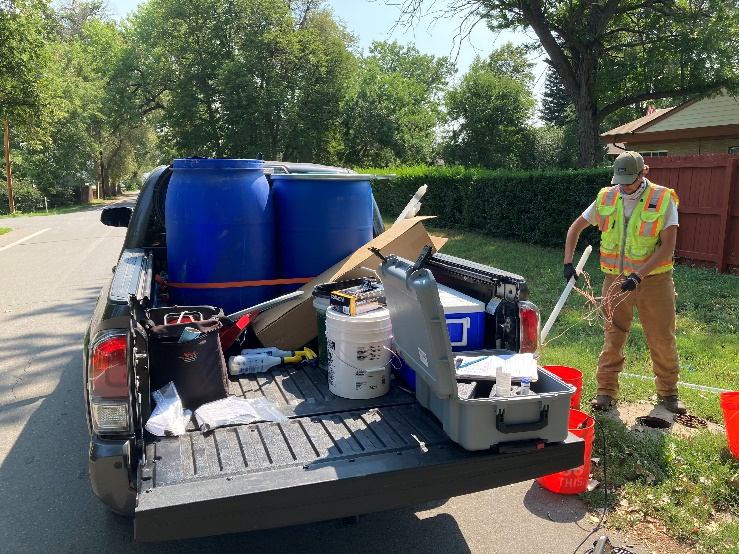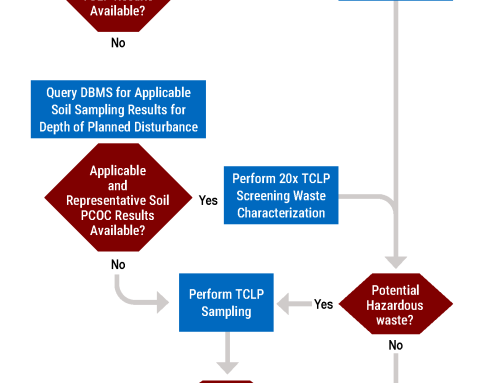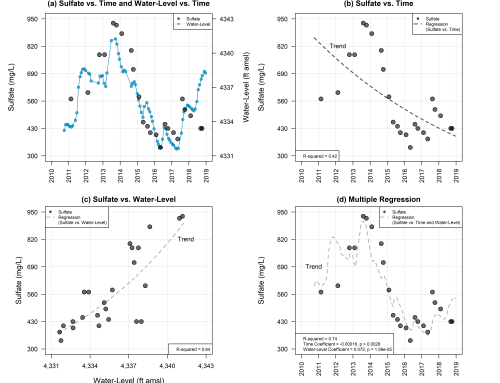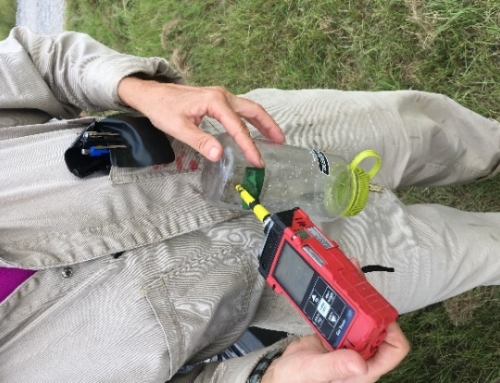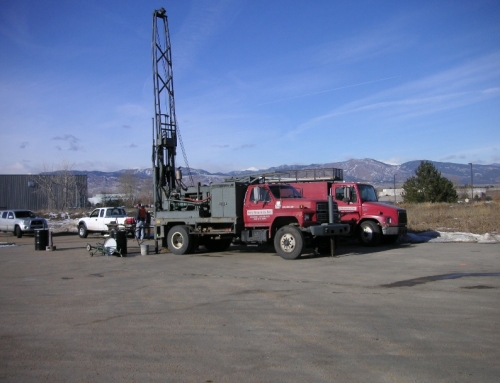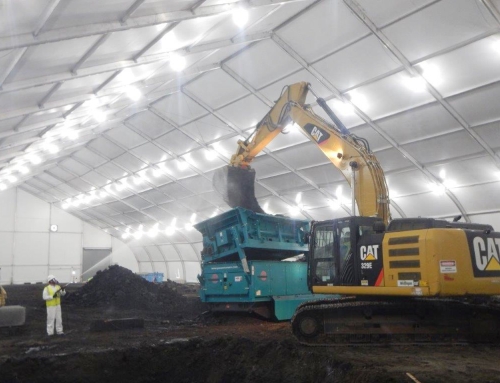In 1998 an underground storage tank at the Denver Federal Center (DFC) was found to be leaking waste 1,1,1-trichloroethane (TCA) and other waste solvents. The 560-gallon capacity Tank T-2 was installed in 1978 by the Federal Highway Administration (FHWA), and FHWA retains the environmental liabilities while U.S. General Services Administration (GSA) Region 8 Public Buildings Service (PBS) Environmental Programs Group (EPG) is required to perform groundwater and surface-water monitoring at the DFC under a Long-Term Monitoring (LTM) program according to Colorado Department of Public Health and Environment (CDPHE) Compliance Order on Consent No. 97-07-18-01 (Consent Order). Site-wide groundwater monitoring, initiated in 1999, includes on-site and off-site wells, storm water system outfall locations, and surface water sites. SSP&A is the environmental consultant for GSA conducting the current LTM program through September 2024.
In accordance with the DFC Site-Wide Resource Conservation and Recovery Act (RCRA) Facility Investigation (RFI) Quality Assurance Project Plan (QAPP) and corresponding standard operating procedures (SOPs), SSP&A provides field and quality assurance/quality control (QA/QC) sampling, data validation, sample result screening, evaluation, and data management, and reporting.
In most contaminated areas at DFC, the major groundwater contaminants are solvents consisting of one or more volatile organic compounds (VOCs). Other analytes include total and dissolved metals, semi-volatile organic compounds (SVOCs), pesticides, polychlorinated biphenyls (PCBs), 1,4-dioxide, and asbestos. The program addresses site-wide contamination, but localized issues, such as the performance of the Downing Reservoir groundwater interceptor trench, are evaluated.
Program objectives include monitoring the source, extent, and mobility of contaminants; achieving a better understanding of contaminant flow paths; evaluating the performance of corrective measures implemented onsite; and performing statistical comparisons between analytical results and screening level criteria. SSP&A evaluates the hydraulic containment of highly contaminated groundwater in both the shallow and deep groundwater units (bedrock zones), to depths of no less than 60 feet below ground surface. SSP&A utilizes the GSA semi-automated custom database tool, EDVARS, to archive and evaluate analytical and field data collected during the LTM program. EDVARS reports, tables, charts and maps are required deliverables.
Project Details
Highlights:
Database Management
Groundwater and Surface Water Assessment
Groundwater Remedy Performance Evaluation
Monitoring Plan Development
Monitoring Well Installation
Monitoring Well Network
NPDES Compliance Sampling
Plume Mapping
RCRA Compliance
Spatial Data Analysis
Underground Storage Tank (UST)
Work Plan Development

